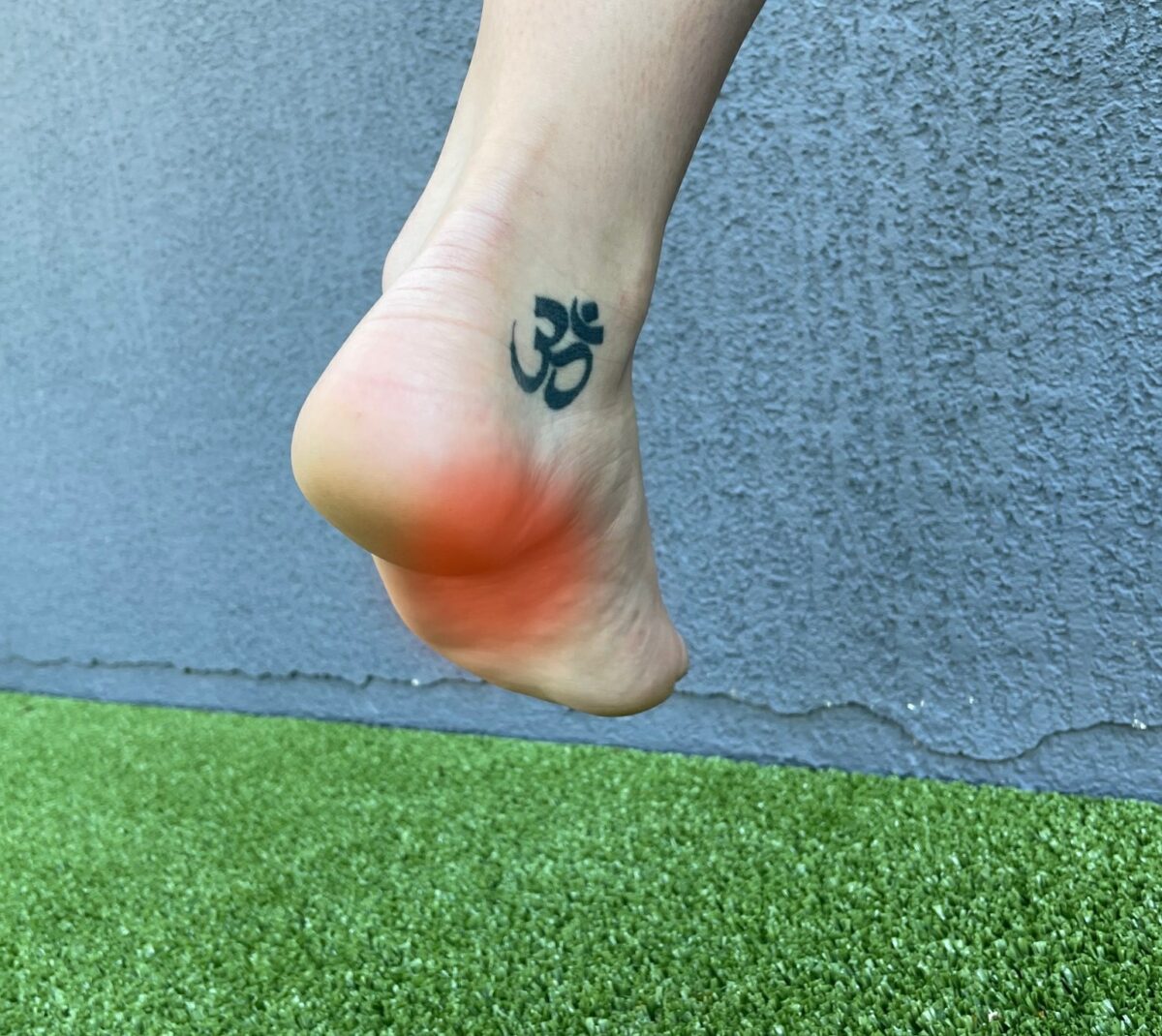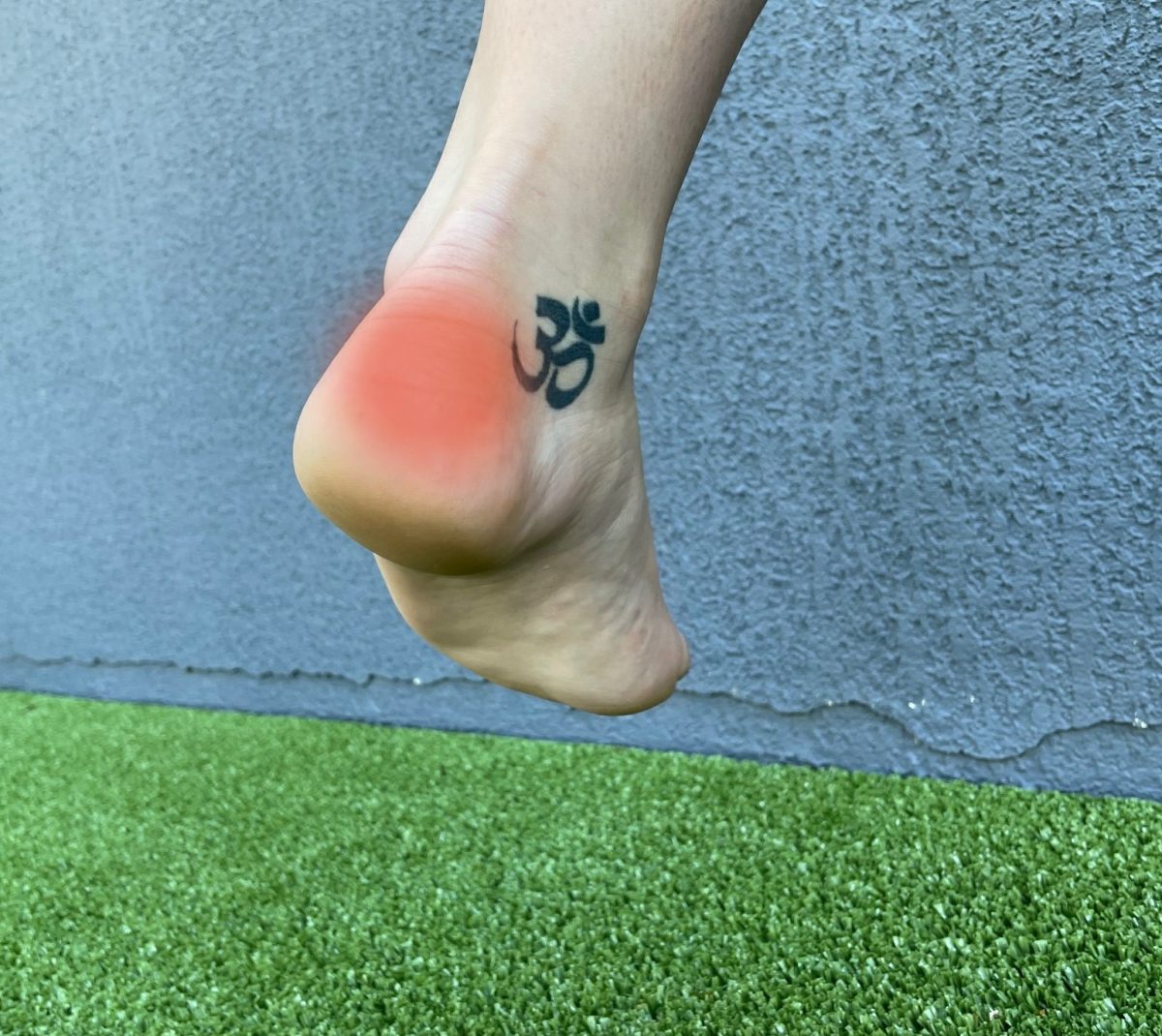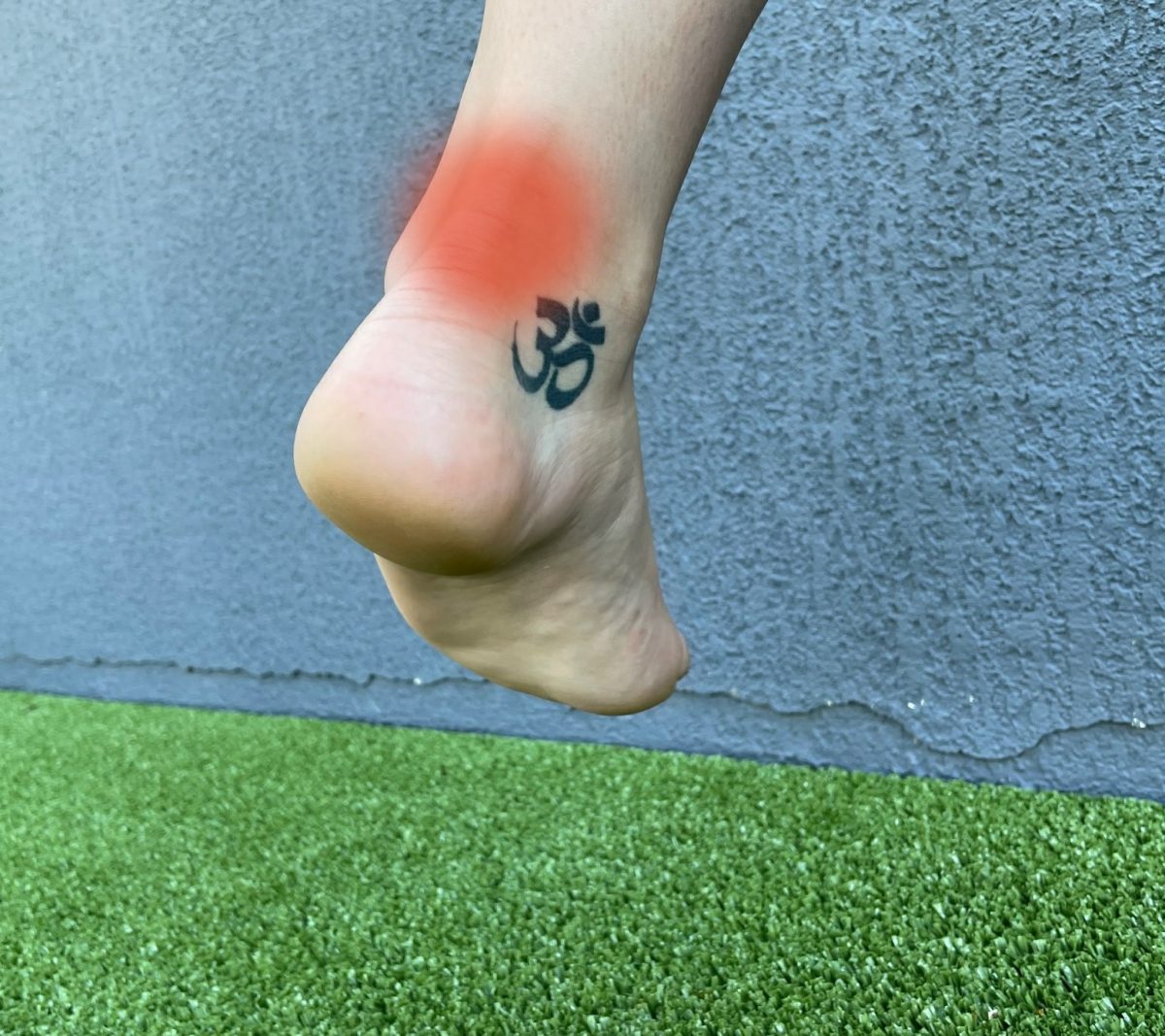Taking up running, returning after a lay off, or suddenly increasing the intensity of your training, puts you at risk from suffering a number of injuries. Heel pain falls into that category, and is a very common symptom felt by runners, and walkers. It can even be triggered by prolonged standing or come on with a change of footwear, like a new pair of runners. Anything that suddenly alters the usual load through the lower leg, ankle, and foot makes you susceptible.
If an increase in training load is exceeding the body’s ability to adapt to new stress, tissue failure and breakdown will occur.
If an increase in load is exceeding the body’s ability to adapt to new stress, tissue failure and breakdown will occur. The muscles of the lower leg begin to tighten, limiting ankle movement, and increasing the load on the muscles of the foot.
Soft tissue will try to resist overload by tightening. Chronic overload combined with insufficient recovery will lead to pain.
Soft tissue will then try to resist this overload by tightening. Chronic overload combined with insufficient recovery will lead to pain. It’s trying to supply more support to the area, when it lacks strength and endurance. From a muscular point of view – this is known as protective spasm.
This protective spasm leads to inflexibility, and further loss of strength. This then leads to more overload, protective spasm, tendon stress at the bony attachment, and pain.
The cycle keeps repeating, and if you don’t do anything about it, overtime a breakdown in the structure of the tendon occurs (Tendinopathy). The pain can become quite severe and extremely debilitating. Left untreated, it can lead to Chronic Pain, Heel (Calcaneal) Spurs, and Plantar Fasciitis (pronounced – fashy – eye- tis), to name a few.
It’s obviously best avoided if possible – for more info, even for the walkers, see our previous blog post on Running Injury Avoidance here.
To get over Heel Pain, you’ll need to firstly back off on the load and then focus on restoring mobility, followed by flexibility, and finally strength.
A few anatomical terms to be aware of:
We like to keep the language simple, and try to avoid too much medical, and anatomical terminology. It’s helpful though to know a few simple things anatomical terms. A couple of which, I’ve already mentioned.
Muscle contracts and relaxes to provide movement. Sometimes though, muscle just contracts to provide stability to a joint. In the presence of pain, some muscles will involuntarily contract to immobilise and protect the joint – thus the name – protective spasm.
Joints are where 2 or more bones come together to allow movement to occur.
Tendons connect muscle to bone. This usually occurs close to a joint – which makes them susceptible to injury.
Ligaments join bones to other bones to help stabilise joints. When a joint is under load, some surrounding muscles will contract to help the ligaments stabilise the joint.
Fascia (pronounced fash-a) is just a band or sheet of connective tissue that attaches soft tissue and bone, and relevant to this post, helps stabilise the foot and ankle.
Bursa are small fluid filled sacs that provide a small cushion between the tendon and bone. Typically found close to a joint.
Spurs are bony growths that typically occur where tendon attaches to bone. They are thought to form in response to repeat episodes of over-strain, and inflammation at the tendon attachment.
A 3 Part Blog Series based on the area of Heel Pain
There are of course many benefits in seeking the diagnosis, treatment, and advice of a Physio, or Podiatrist. However, we realise that some of you want to have a go at ridding yourself of symptoms.
To meet this demand, we’ve put together a 3 Part Practical Guide to help you overcome the most common types and causes of Heel Pain. Each post details the specific exercises you need to do to overcome your symptoms, and ultimately prevent recurrence. It’s by no means comprehensive, but will achieve excellent results for the average person, with the typical contributors to pain felt in the highlighted areas in the pics below.
All three areas of pain require slightly different exercises to rid yourself of symptoms, which are detailed in each post.
Part 1 – Pain under the heel, where the muscles of the foot attach, found here
Part 2 – Pain at the back of the heel where the Achilles Tendon attaches, found here, and
Part 3 – The Achilles Tendon itself, found here (coming soon)



Recovery from Heel Pain, is by no means easy. It takes persistent and consistent effort on a daily basis.
